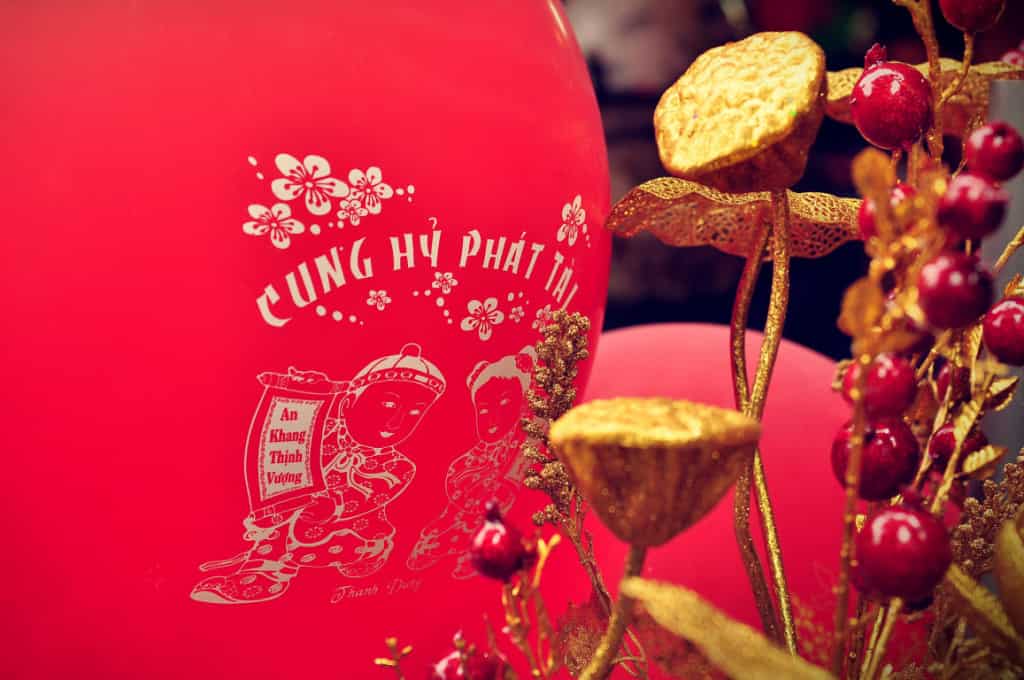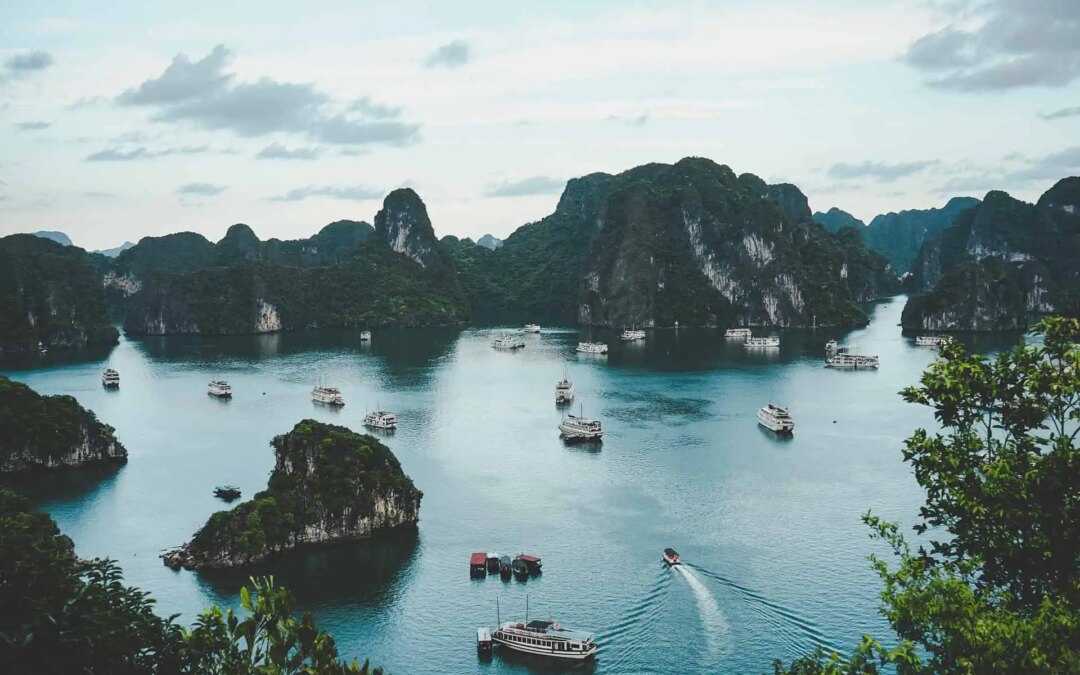Situated in the heart of Southeast Asia, Vietnam is a nation that weaves together a tapestry of history, culture, and natural beauty. Its long and complex history has left an indelible mark on this captivating country’s landscape, people, and traditions.
We urge you to explore Vietnam – from Hanoi’s bustling streets to Ha Long Bay’s serene beauty, Vietnam Tour Packages offers travelers a unique journey through time and tradition.
Here’s more on what to expect when exploring Vietnam.
Related read: 14 Days in Vietnam Itinerary
Historical Tapestry of Vietnam
Vietnam’s history is a rich tapestry woven together by the threads of various dynasties, empires, and colonial powers. One of the most enduring legacies is that of the Đinh Dynasty, founded by Đinh Bộ Lĩnh in 968 A.D. This dynasty was pivotal in uniting the country and establishing its independence.
The subsequent Ly and Tran Dynasties continued to shape Vietnam’s cultural identity. Confucianism took root in Vietnam during their reigns, influencing its social structure and education system. This period also witnessed the construction of iconic landmarks like the Temple of Literature in Hanoi, which is a testament to the country’s enduring intellectual traditions.
The Nguyen Dynasty, which ruled from 1802 to 1945, left a significant mark on Vietnam’s history. The Imperial City of Hue, with its grand citadel and imperial tombs, bears witness to the opulence and sophistication of this era. The French colonial period, which began in the mid-19th century, further impacted Vietnam, bringing European architectural influence and introducing coffee, baguettes, and wine to Vietnamese culture.
The 20th century marked a turbulent time in Vietnam’s history as the country struggled for independence from colonial rule. The Vietnam War, also known as the American War in Vietnam, had a profound impact on the nation, and remnants of this period can still be explored today. The Cu Chi Tunnels near Ho Chi Minh City offer a glimpse into the ingenuity of the Vietnamese resistance forces, who created an intricate underground network to thwart their adversaries.

Cultural Kaleidoscope
Vietnam’s culture is a harmonious blend of indigenous traditions and influences from neighboring countries. The country’s rich and diverse cultural heritage is manifested in its architecture, art, music, and festivals.
Vietnamese architecture reflects its history, with elements from Chinese, French, and indigenous designs. The ancient town of Hoi An, a UNESCO World Heritage Site, is a living example of the fusion of these architectural styles. Strolling through its lantern-lit streets, you can’t help but feel transported back in time.
Traditional Vietnamese art forms include water puppetry, silk painting, and woodblock prints. Water puppetry, in particular, is a captivating performance art that dates back to the 11th century. It features intricately carved wooden puppets that appear to dance on the water’s surface, telling tales of Vietnamese folklore.
Related read: A Vietnamese Engagement Ceremony
Vietnamese music and dance are integral to the country’s cultural identity. The traditional musical instruments, such as the dan bau and the đàn tranh, create enchanting melodies that transport listeners to a different time. Meanwhile, the graceful movements of traditional dance express the stories of Vietnam’s rich history and folklore.
Vietnam’s festivals are a celebration of its cultural heritage. The Lunar New Year, known as Tet, is the most important festival in Vietnam. Streets are adorned with vibrant flowers and red and gold decorations, while families come together to pay their respects to ancestors and enjoy special Tet foods.
The Mid-Autumn Festival, or Trung Thu, is another beloved celebration, with lantern processions and mooncakes being key highlights.
Related read: Vietnamese New Year: Things To Do and Don’t Do

Natural Wonders in Vietnam
Vietnam’s stunning natural landscapes offer a contrasting backdrop to its historical and cultural sites. From lush terraced rice fields to towering limestone karsts, the country boasts an abundance of natural wonders.
One of Vietnam’s most iconic natural landscapes is Halong Bay, a UNESCO World Heritage Site. Thousands of limestone islets dot the emerald waters, creating a surreal seascape that has earned it the nickname “Bay of Descending Dragons.” Cruising through Ha Long Bay is like stepping into a dream, where the time seems to stand still.
The Mekong Delta is another natural gem, where the river’s intricate web of waterways supports a unique way of life. Here, farmers cultivate rice, fruit, and vegetables in floating markets while traditional stilt houses line the banks of the river. A journey through the Mekong Delta is a journey through a time-honored way of life intimately connected to the water.
Vietnam’s landscapes also offer opportunities for outdoor enthusiasts. The terraced rice fields of Sapa, nestled in the northern highlands, are a visual delight and a testament to the ingenuity of the local ethnic communities. Trekking through these fields and interacting with the indigenous people provides a deep cultural experience.

Culinary Delights of Vietnam
No exploration of Vietnam is complete without delving into its culinary traditions. Vietnamese cuisine is renowned for its fresh, flavorful, and diverse dishes. It reflects the country’s history and culture, influenced by indigenous ingredients and foreign culinary techniques.
Pho, a fragrant noodle soup, is perhaps the most famous Vietnamese dish. It has its roots in Hanoi and has become a symbol of Vietnamese cuisine worldwide. Banh mi, a delicious sandwich filled with various ingredients, is another staple reflecting French influence on Vietnamese food.
Bun cha, a dish originating from Hanoi, consists of grilled pork served with rice noodles and fresh herbs. In the south, you’ll find com tam, or broken rice, served with various grilled meats and fish sauce. These regional specialties showcase the diversity of Vietnamese cuisine.
Exploring the vibrant street food culture of Vietnam is a journey in itself. Markets like Ben Thanh Market in Ho Chi Minh City offer a sensory overload with their array of dishes, from bun thit nuong (grilled pork with vermicelli) to goi cuon (spring rolls). The food is not only a delight for the taste buds but also a window into the everyday life of the Vietnamese people.
Related read: Healthy Food in Vietnam: Tofu & Tao Pho

Explore Vietnam
Vietnam is a country that beckons travelers with its unique blend of history, culture, natural beauty, and culinary delights. As you explore its historical sites, delve into its cultural traditions, marvel at its natural wonders, and savor its cuisine, you’ll embark on a journey through time and tradition that will leave a lasting impression.
Whether you’re wandering the ancient streets of Hanoi or cruising through the mystical waters of Ha Long Bay, Vietnam offers an unforgettable experience that transcends mere tourism and becomes a true exploration of the heart and soul of a remarkable nation.



Recent Comments